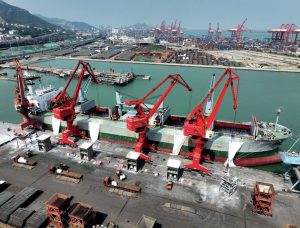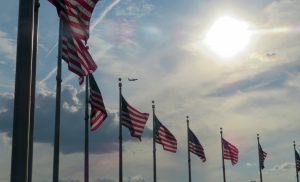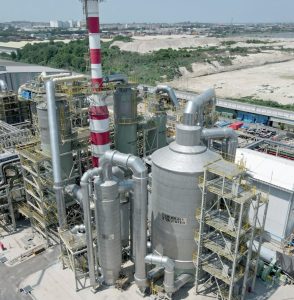
Price Trends
Ammonia markets saw a slow start to 2025, with further transparency needed on both sides of the Suez to determine the extent to which prices are expected to fall through January amid healthy supply and only limited pockets of demand.

Ammonia markets saw a slow start to 2025, with further transparency needed on both sides of the Suez to determine the extent to which prices are expected to fall through January amid healthy supply and only limited pockets of demand.

While there is still a considerable push for use of biomass waste as a lower carbon feedstock for chemical production via gasification to syngas, biological processes such as fermentation are increasingly gaining traction as an alternative.

Nickel sulphate is an intermediate step in the production of materials for batteries, and is seeing rapid demand growth as the auto industry moves towards electric power trains.

Although China remains the world’s largest phosphate producer, it has been overtaken as the largest exporter by Morocco in recent years as domestic producers face continuing restrictions on exports.

The Caspian Sea region is home to extensive sour gas reserves which produce large volumes of sulphur. Exports are difficult, but the Kazakh uranium industry is consuming an increasing amount.

We look ahead at fertilizer industry prospects for the next 12 months, including the key economic and agricultural drivers likely to shape the market during 2025.

Global sulphur prices underwent increases in some key benchmark markets during October, but spot activity nevertheless remained muted, with demand subdued and availability tight. Market participants continue to closely track geopolitical developments.

While underlying supply and demand criteria continue to set floors and ceilings for nitrogen and other syngas derived products, political events as ever have the potential to derail all calculations. While much attention has focused on the US election, the escalating crisis in the Middle East continues to have the potential to threaten fertilizer trade in multiple ways. As this issue was going to press, Israel had just launched its retaliatory missile strike on Tehran, on October 26th, the latest in a series of tit for tat attacks between Israel and Iran, in particular an Iranian missile strike on Israel on October 1st. The Iranian government appeared to be downplaying the results as “limited”, but said that it considered itself “entitled and obligated to defend itself”.

Short term supply constraints are dominating acid markets at present, but increasing smelter production across Asia may lead to oversupply in the longer term.

An ammonium nitrate industry geared around producing explosives for the mining sector is now being joined by a major urea project and a number of renewables-based products for export of green ammonia.